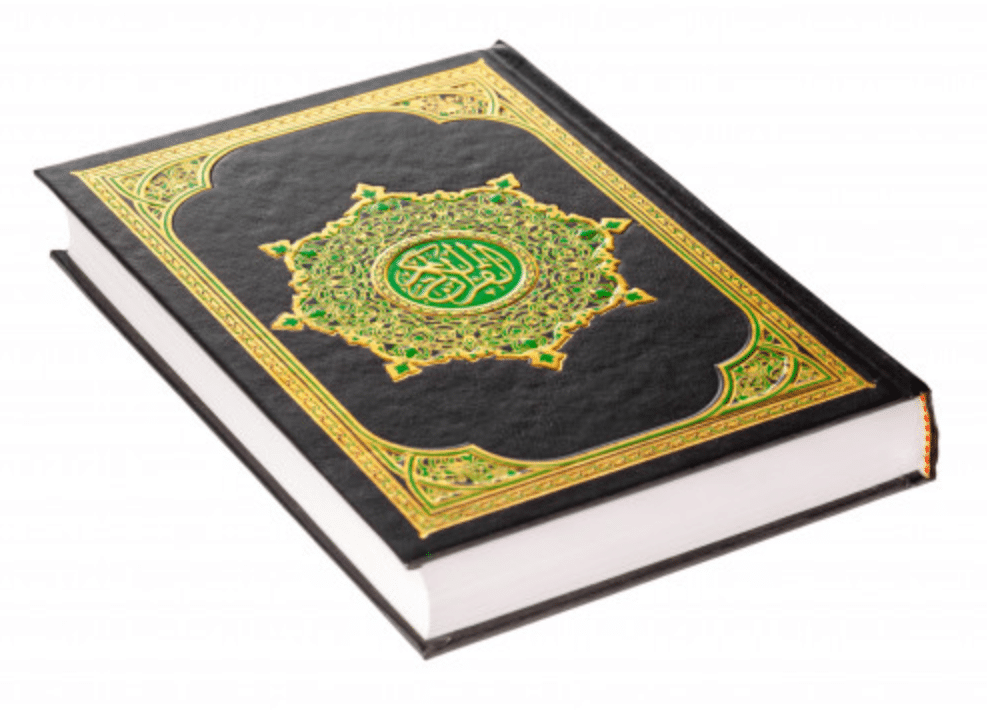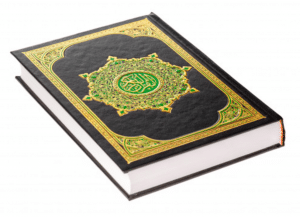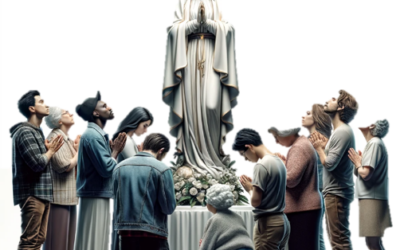Muslims claim that the Quran was perfectly preserved, is without errors, contains scientific accuracies, and has no internal contradictions. But this is not the case, as you will see below. According to the Quran, it is inscribed from a tablet preserved in heaven (Quran 85:21-23). Nothing has been omitted from it (Quran 6:38). It has been guarded from corruption (Quran 15:9). But, has it?
- Quran 6:38, Yusuf Ali, 6:38, “There is not an animal (that lives) on the earth, nor a being that flies on its wings, but (forms part of) communities like you. Nothing have we omitted from the Book, and they (all) shall be gathered to their Lord in the end.” (https://legacy.quran.com/6/38)
- Quran 15:9, Yusuf Ali, “We have, without doubt, sent down the Message; and We will assuredly guard it (from corruption).” (https://legacy.quran.com/15/9)
- Quran 85:21-23, Yusif Ali, “Day, this is a Glorious Qur’an, 23 (Inscribed) in a Tablet Preserved!” (https://legacy.quran.com/85/21-23)
So, if it has nothing omitted (6:38), it has been guarded from corruption (15:9), then it should not have manuscript problems. But it does.
1972, Yemen, Sana Quran Manuscript
“In 1972, some 12,000 Quranic parchment fragments were discovered in the Great Mosque in the Yemeni capital Sana. These fragments consist of tiny snippets of the Quran to whole folios belonging to some 926 copies of the Quran… A palimpsest is a manuscript page that has been erased so that another text could be written over it. The Sana Quran palimpsest is significant because the top layer (the text written over what was erased) is the standard Uthmanic version of the Quran. Beneath this standard Uthmanic version of the Quran (the part that was erased) is a non-Uthmanic version of the Quran… the parchment has a 68% probability of belonging to the period between AD 614 to AD 656. It has a 95% probability of belonging to the period between AD 578 and AD 669 (Behnam Sadeghi; Uwe Bergmann, “The Codex of a Companion of the Prophet and the Qur’ān of the Prophet,” Arabica, Volume 57, Number 4, 2010, p.348.)”
https://bible-quran.com/sana-quran, bold original
Dating the Manuscript
The dating of the manuscript is very early, before AD 671 with a probability of 99%.
“More precision may be obtained by radiocarbon dating, which assigns the parchment, and hence the lower codex, to the period before AD 671 with a probability of 99% (before 661 with the probability of 95.5%, and before
646 with a probability of 75%).”
https://bible-quran.com/sana-quran, bold original
“The Sana’a Palimpsest, “the Only Known Extant Copy from a Textual Tradition Beside the Standard Uthmanic… The upper text conforms to the standard ‘Uthmanic Qur’an, whereas the lower text or undertext contains many variants to the standard text. According to the Wikipedia, radiocarbon analysis dated the parchment containing the undertext to before 671 CE with “99% accuracy””
(https://www.historyofinformation.com/detail.php?id=180)
Demonstration of variations of the Sana Manuscript
- The following table is from https://www.academia.edu/7787130/%E1%B9%A2an%C4%81_1_and_the_Origins_of_the_Qur%C4%81n.
- I have bolded the differences in the table to help you see where the differences occur and provided links to modern translations of Shakir and Yusuf Ali. I also inserted a column to the right of the table to clarify
the differences. It is in green. - There are online references in brackets to Quran translations Shakir, Yusuf Ali, so you can better verify the information
in modern translations.
Examples of Major Variants.
| [The three columns in light blue are from the original table.] | ||||
| Variant description | The text of the standard tradition [Modern Translations] | The text of the C-1 tradition [Yemen Sana MSS. Brackets contain words not in the Yemen Sana MSS that have been added to the modern Quran] |
This column was added by Matt Slick for clarification | |
| In Q 2.196, C-1 does not have the word ru’ūsakum. | Do not shave your heads until the offering reaches its destination. [Shakir] | Do not shave [your heads] until the offering reaches its destination. | “Your heads” is in the modern translation but excluded in the Sana MSS. | |
| In Q 2.196, C-1 has fa-in kāna aḥadun instead of the standard fa-man kāna. | If any of you be sick [Yusuf Ali, “if any of you is ill] | [if any] Should one of you be sick | “If any” in the modern translations is “should” in the Sana MSS. | |
| In Q 2.196, C-1 has aw nusukin instead of the standard aw ṣadaqatin aw nusukin. | fasting, or alms, or an offering [Shakir, “by fasting or alms or sacrificing] | fasting or [or alms] an offering | “or alms” is in the modern translations but is omitted from the Sana MSS. | |
| In Q 2.201, C-1 has wa-l-ākhirati instead of the standard ḥasanatan wa-fī l-ākhirati ḥasanatan. | There are people who say, “Our Lord, give us in this world,” and they have no portion in the world to come. Then, there are those who say, “Our Lord, give us good in this world and good in the next.” (https://legacy.quran.com/2/201) | There are people who say, “Our Lord, give us in this world,” and they have no portion in the world to come. Then, there are those who say, “Our Lord, give us [good] in this world and [good] the next.” | The word “good” is included twice in the modern translations but omitted in the Sana MSS. | |
| In Q 63.7, C-1 has min ḥawlihi after yanfaḍḍū. | They are the ones who say, “Do not spend (alms) on those who are with the Messenger of God in order that they may disperse [from around him].” (https://legacy.quran.com/63/7) | They are the ones who say, “Do not spend (alms) on those who are with the Messenger of God in order that they may disperse from around him.” |
“from around here” is omitted in the modern translations but is included in the Sana MSS. | |
Muslim Responses
What do the Muslims say about the Sana manuscript? Here are some of them, with responses after each.
“There is nothing in the manuscript so far that suggests any meaningful difference from the standard Qur’an.”
(https://ponderingislam.com/2015/02/05/understanding-the-sanaa-manuscript-find/)cite“The existence of the Sana’a Manuscripts do not lend any credence to the claim that the Qur’an is corrupted. Rather the existence of these manuscript – palimpsests, demonstrate the textual integrity of the Qur’an and the grammatico-historical validity of the ahadith which verify the transcribing of the tongue of the Quraysh into a mushaf (text), for which we Muslims still use to this day.”
https://callingchristians.com/2012/09/23/codex-sanaa-and-the-quran/
The Sana manuscript shows us that the Quran has not been perfectly preserved. Muslims might say that the meaning is retained or that it demonstrates the Quran’s integrity. But since the Quran says it is from the tablet that is preserved ‘in heaven’ (85:21-23), that nothing has been omitted from the Quran (6:38), and that it has been guarded against corruption (15:9), then why are there changes in it? Why does the Sana manuscript show alteration?
Conclusion
When we ask if the Quran be preserved perfectly, the answer must be no. But Muslims often tell me that even a single textual variant in the Bible means it’s corrupted. They need to be consistent and say that a single variant in the Quran means it has been corrupted. Muslims want to attack the validity of the Bible yet ignore the same standard when it comes to their own book. Whether they accept the textual variations from the Sana and the modern Quran is up to the individual Muslim. But considering that Uthman (576 – 678 A.D.) is the one who compiled the present Quran and destroyed all the other manuscript evidence, suggests that the variations were so many that he got rid of the evidence of the Quran’s lack of manuscript consistency. But the Sana manuscript is not Uthmanic, and it undoubtedly is one that he did not destroy. So, is the Quran perfectly preserved? No, it is not. How much more of it can we not trust?






